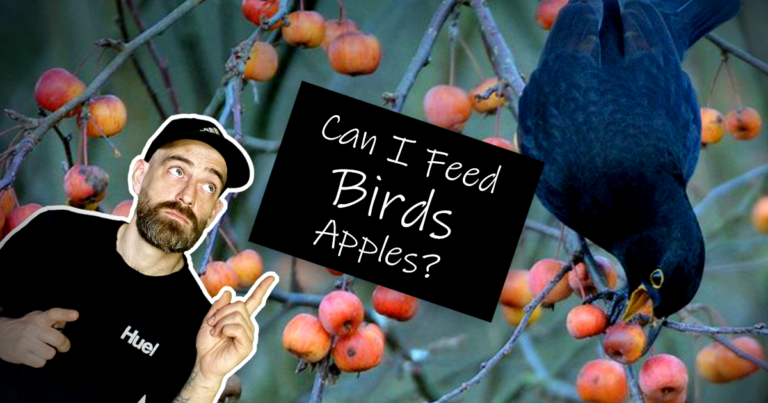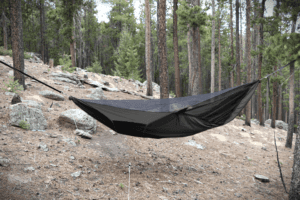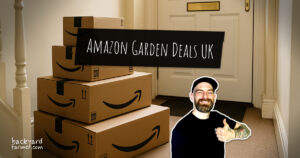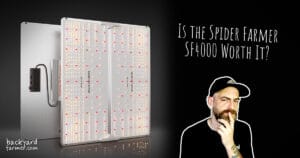Table of contents
Introduction
Can birds eat apples? This common question among bird enthusiasts opens up a world of opportunities to support their health and well-being. Watching birds in your garden is a delightful way to connect with nature, and feeding them is an excellent way to support them. This guide covers everything you need to know about feeding apples to birds safely, effectively, and responsibly:
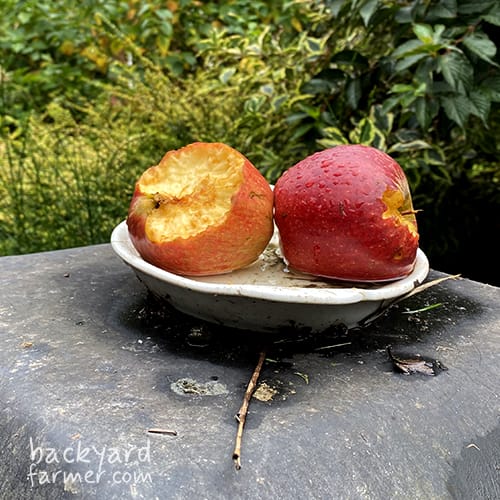
- Why apples are a great choice for birds: Understand their nutritional benefits, including natural sugars and fiber.
- How to prepare apples for birds: Practical tips to make apples safe and appealing.
- When to feed apples to birds: Seasonal advice to ensure your feathered friends thrive.
- Which birds eat apples?: Learn which species enjoy this fruit and how to attract them.
We’ll also debunk myths, like concerns about apple seeds, and share creative ways to incorporate apples into your bird-feeding routine. By the end of this article, you’ll feel confident including apples in your bird-feeding efforts, transforming your garden into a haven for birds year-round.
If you’re looking to attract more wildlife to your garden you can find out how to in our article ‘How to Attract Wildlife to Your Garden’.
Apples for Birds: A Nutritious Treat Year-Round
Apples for birds are one of the easiest and most rewarding foods to offer. They provide a perfect mix of hydration, fibre, and natural sugars that garden birds love — especially blackbirds, thrushes, and robins. Whether you’re topping up a winter feeder or leaving slices on a bird table, apples for birds are a simple way to attract wildlife year-round.
Are Apples Safe for Wild Birds?
Can Birds Eat Apples? Absolutely — but preparation matters. Apples are safe and nutritious for wild birds — just make sure you remove the seeds and core first. The seeds contain trace amounts of cyanide, which can be harmful if birds eat too many. That aside, the juicy flesh is packed with vitamin A, vitamin C, fibre, and hydration — all useful during dry spells or chilly snaps.
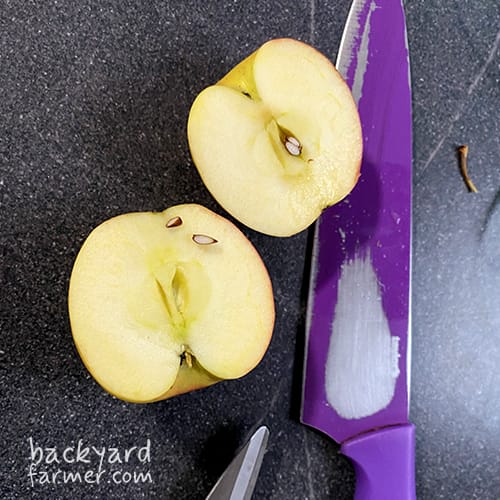
How to Prepare Apples Safely for Birds
To keep it safe and simple:
- Slice or chop apples before putting them out.
- Avoid anything that’s mouldy or fermented — it can make birds sick.
- Always clear away leftovers to stop pests like wasps or rats moving in.
⚠️ Top tip: Apples turn mushy fast. Give feeding spots a quick daily check and wipe-down to keep things fresh.
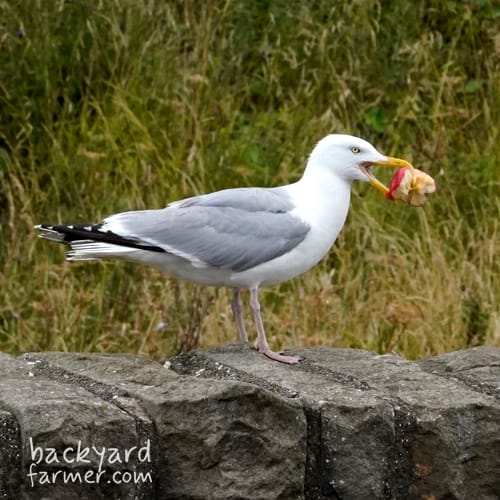
When is a Good Time to Feed Birds Apples?
Feeding apples is a great seasonal boost to your usual bird offerings — but it’s best used as a treat, not a full-time replacement.
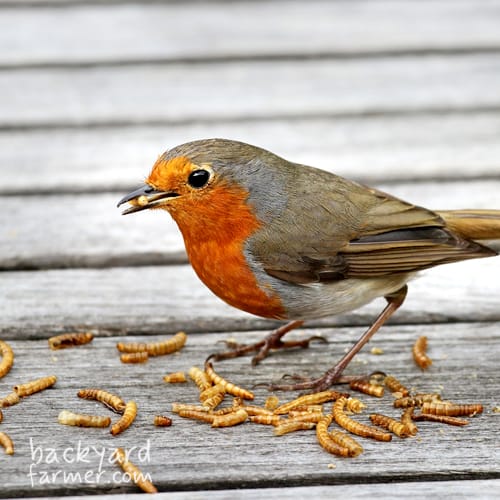
What to Feed Alongside Apples
For a proper wild bird buffet, pair apples with:
- Suet
- Seeds
- Mealworms
A little variety goes a long way in supporting your feathered visitors, especially through the winter.
How to Prepare Apples for Birds
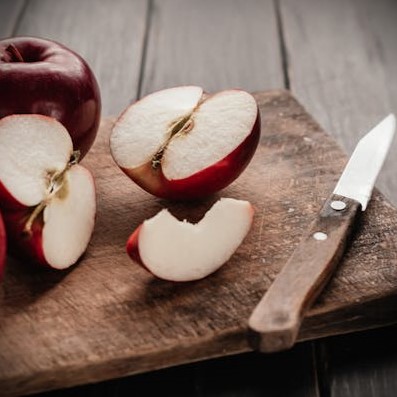
Simple Ways to Feed Apples to Birds
Feeding apples to birds is straightforward and rewarding when done correctly. To make apples safe and accessible for birds:
- Slice or halve the apples
- Place apples in feeders or on the ground
- Offer bruised or softened apples
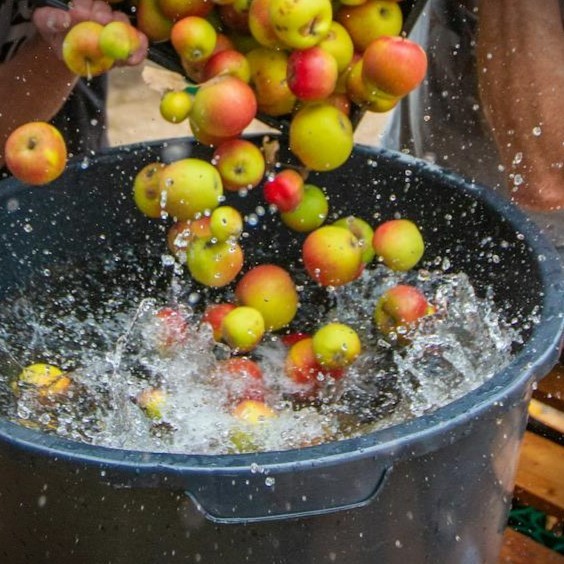
Best Practices for Preparing Apple Slices and Cores
To ensure the safety and health of birds:
- Remove pesticides: Wash apples thoroughly to eliminate pesticide residues or chemicals.
- Leave the skin on: Apple skin provides fiber and nutrients beneficial to birds.
- Check for spoilage: Remove uneaten or spoiled apple pieces after 24 hours to prevent attracting pests or spreading mold.
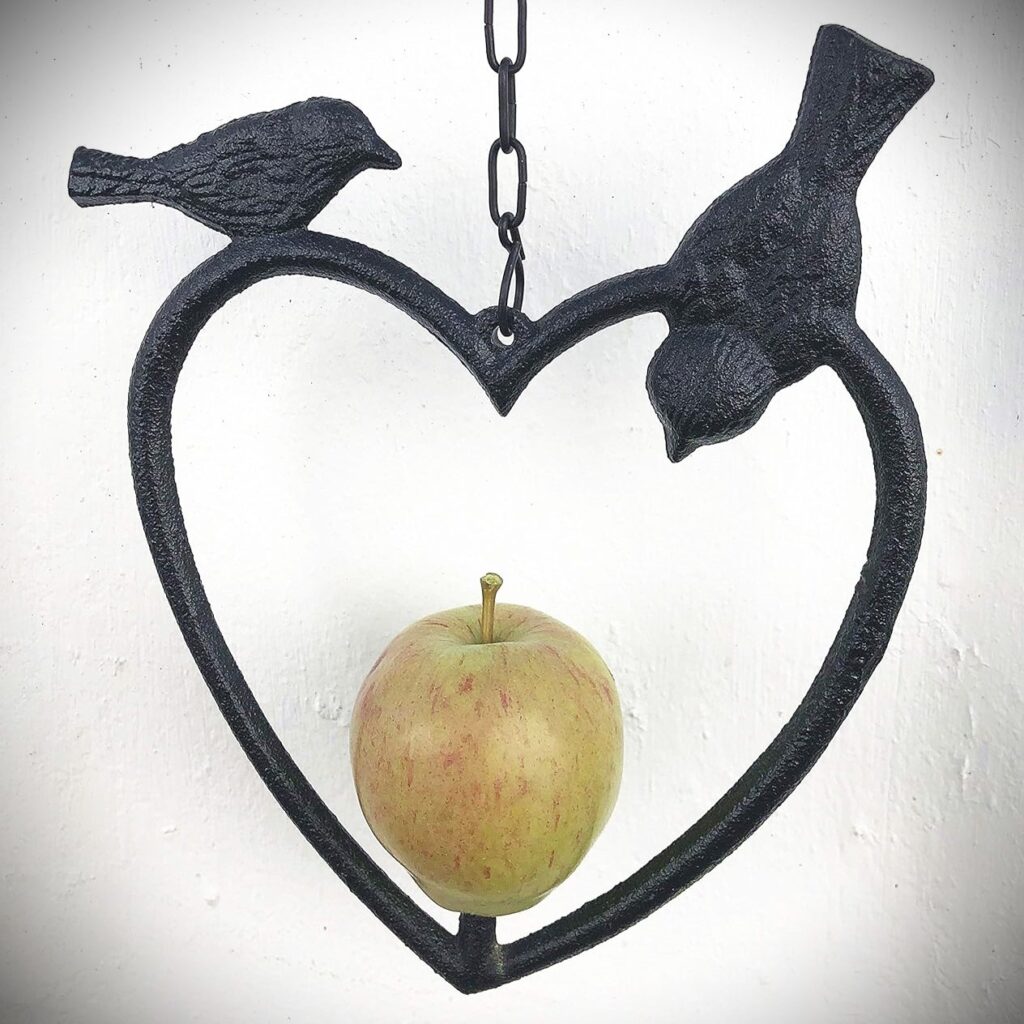
Using Apple Feeders and Hanging Apples
For a more engaging feeding experience, consider these creative options:
- DIY apple feeders: Use wooden spikes or biodegradable strings to hang apples securely in trees or near feeders. Learn how to create your own in our DIY apple feeder guide.
- Specialized fruit feeders: Invest in feeders designed specifically for holding fruit slices or whole apples.
- Secure placement: Hang apples in locations that provide birds with safety from predators while they feed.
By following these preparation tips, you’ll make apples a safe and appealing treat for your feathered visitors, you can buy Bird Apple Feeders on Amazon here.
Where Do Apples Fit In?
Apples are just one piece of the puzzle when it comes to feeding garden birds or offering fruit to wild birds. They provide hydration, natural sugars, and a small vitamin boost — but they’re best used as a top-up, not the main event. Especially in colder months, birds need more than just fruit to keep going.
What Birds Need in Cold Weather
When it’s freezing or the ground’s dry, birds benefit most from:
- Fat-heavy foods like suet blocks and fat balls
- Protein boosts like dried or live mealworms
- Energy-dense seeds such as sunflower hearts, millet, and nyjer
Why Apples Still Matter
Even so, apples are one of the simplest fruits to share:
- Cheap and easy to come by
- Soft enough for birds with gentler beaks
- Loved by blackbirds, thrushes, robins, starlings, and a few curious tits
What Other Fruits Can Birds Eat?
You could also offer fruit like pears, grapes, bananas, or soft berries. If you’re wondering what fruit to feed birds in winter, apples are a great option — as long as they’re prepared correctly. Just be sure everything’s fresh, chopped, and seed-free.
🥕 Top tip: Rotate apples with suet or seeds depending on the season and who’s showing up in your garden. A bit of variety not only keeps things interesting for your visitors — it also makes your setup more resilient all year round.
When and How to Feed Apples to Birds
Feeding Birds Apples in Winter
Winter is an ideal time to offer apples to birds. During colder months, natural food sources like insects and seeds become scarce. Apples provide:
- Energy boost: Natural sugars in apples help birds maintain their energy levels during the harsh winter months.
- Essential nutrients: Vitamins and fiber support overall health and digestion, helping birds stay strong.
To maximize their benefits:
- Place apple slices or halves in feeders or on the ground twice a day, in the morning and late afternoon.
- Monitor uneaten fruit to prevent spoilage and attract pests.
- Be consistent, as birds may come to rely on your feeding routine during these lean months.
Feeding Birds Apples in Spring and Summer
Spring and summer bring different challenges for birds, such as molting and raising their young. Apples can still be a valuable supplement during these seasons by providing:
- Quick energy: Birds foraging for food or feeding chicks benefit from the natural sugars in apples.
- Convenient snack: Easy-to-access fruit is appreciated by foraging birds busy hunting or gathering food for their young.
Tips for warm-weather feeding:
- Offer small apple portions to avoid waste, as natural food sources are generally more abundant.
- Ensure the fruit is fresh and remove it promptly after 24 hours to prevent spoilage.
Will Birds Eat Apples?
Yes — most wild birds will eat apples when they’re fresh, sliced, and easy to reach. Robins, thrushes, and blackbirds are often first to tuck in. If you’re new to bird feeding, start by offering half an apple on a feeder or skewer — it’s a simple way to find out which birds visit your garden.

Why Seasonal Feeding Matters
Understanding the changing needs of birds throughout the year helps you tailor your feeding practices. During winter, apples can be a lifeline, while in warmer months, they serve as an occasional treat. This thoughtful approach ensures you’re meeting birds’ nutritional needs without disrupting their natural diets.
By observing bird activity and adjusting your feeding practices accordingly, you can create a more supportive environment for your feathered visitors.
Which Birds Eat Apples?
Common UK Birds That Love Apples
Many wild birds in the UK enjoy apples, particularly during colder months when natural food sources are scarce. Common apple-loving birds include:
- Robins: These charming garden visitors are drawn to apple slices left on feeders or the ground.
- Waxwings: With a diet heavily reliant on fruits, waxwings are quick to flock to apples.
- Blackbirds: Known for their love of fruits, blackbirds eagerly peck at apples.
- Thrushes: These birds enjoy the soft texture and natural sweetness of apples.
- Starlings: Opportunistic feeders that readily nibble on apples.
Birds Outside the UK That Enjoy Apples
Beyond the UK, apples are a favorite treat for various bird species worldwide, including:
- Orioles: These vibrant birds are known for their preference for sweet fruits.
- Cardinals: A North American favorite that enjoys apple slices.
- Bluebirds: Often seen foraging for soft fruits like apples.
- Sparrows: Common backyard birds that happily peck at apples when offered.
Lesser-Known Apple Eaters
Other species that occasionally feed on apples include:
- Woodpeckers: Attracted to apples, especially when hung in feeders.
- Crows and Jays: Larger birds that enjoy the juicy fruit.
- Fieldfares: Often spotted eating apples in orchards or gardens during winter.
Tips for Feeding Apples to Birds
To attract a variety of birds to your garden using apples:
- Offer fresh apples: Ensure the fruit is ripe and free from spoilage.
- Cut apples into accessible pieces: Smaller birds may struggle with whole apples.
- Place apples strategically: Use feeders or hang slices in trees to attract different species.
- Get creative with feeders: Hang apples using biodegradable twine or use specialized fruit feeders to attract species like woodpeckers and orioles.
By providing apples, you can support diverse bird populations and enjoy observing a variety of feathered visitors in your garden.
DIY Apple Bird Feeders
DIY Apple Bird Feeders (How to Make an Apple Bird Feeder at Home)
Apple bird feeders are a simple, sustainable way to feed wild birds and reduce food waste. Whether you hang whole apples, skewer slices, or make your own rustic feeder, these ideas help you attract species like robins, starlings, and blackbirds while keeping your garden eco-friendly.

1. Gather Materials:
- Fresh apples.
- Wooden skewer or metal spike.
- String or twine (biodegradable preferred).
- Knife and cutting board.
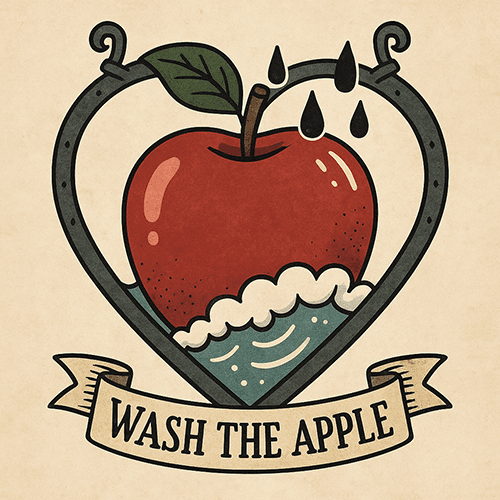
2. Prepare the Apple:
- Wash the apple thoroughly to remove pesticides or dirt.
- Slice the apple in half or leave it whole, depending on your feeder design.
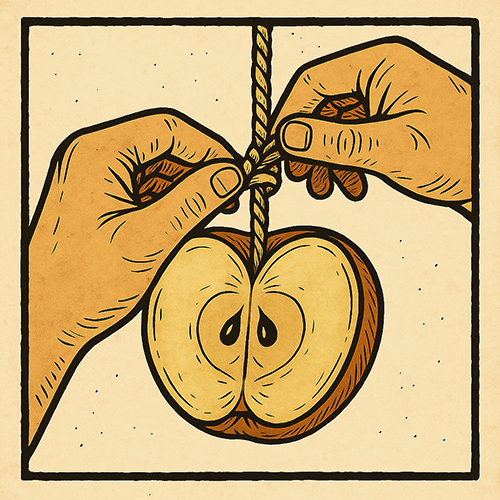
3. Construct the Feeder:
- Option 1: Thread string or twine through the apple to hang it from a branch.
- Option 2: Use a skewer or spike to secure the apple to a tree trunk or wooden post.
- Option 3: Place apple slices on a platform or tray feeder.
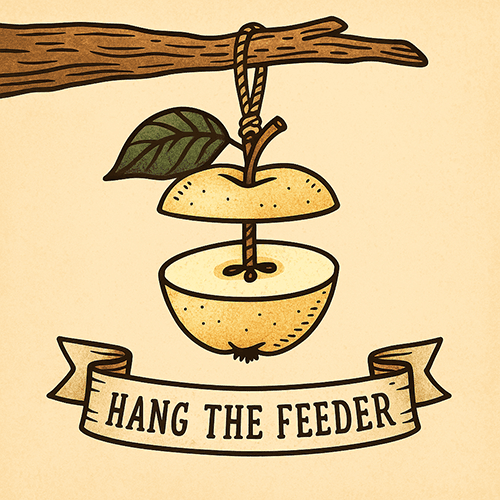
4. Placement:
- Hang or secure the feeder in a visible, safe location away from predators.
- Ensure it’s easy for birds to perch nearby while feeding.
For a more detailed guide on making your own DIY apple feeder for birds, check out this article by the RSPB!
Creative Ideas for Apple Feeders
Make feeding more engaging with these creative designs:
- Perch-Ready Feeders: Attach small sticks or dowels to the feeder for birds to perch while they eat.
- Decorative Feeders: Use natural materials like pinecones or leaves to help the feeder blend into the environment.
- Multi-Fruit Feeders: Combine apples with other bird-friendly fruits, such as pears or oranges, to attract more species.
Tips for Using Apple Feeders
- Check Regularly: Inspect the feeder daily to ensure the fruit hasn’t spoiled.
- Adjust for Seasons: In winter, hang apples closer to sheltered areas. In summer, use shaded locations to keep the fruit fresh.
- Protect Against Pests: Use squirrel-proof materials or strategically place feeders to minimize access for unwanted animals.
By creating DIY apple bird feeders, you’ll provide a nutritious treat for your feathered friends and enjoy a fun, hands-on project that enhances your garden’s wildlife appeal. For additional inspiration, the RSPB offers excellent advice on how to feed garden birds safely and effectively.
FAQ About Feeding Birds Apples
Yes, birds can eat apple cores. Many bird species enjoy pecking at the leftover flesh and seeds. While apple seeds contain trace amounts of cyanide, the levels are so low that they are not harmful to birds when consumed in typical quantities.
No, apple seeds are not harmful to birds in small quantities. The myth about their toxicity comes from the presence of amygdalin, which releases cyanide during digestion. However, the amount in apple seeds is negligible and poses no real threat to birds.
Yes, pet birds like parrots and parakeets can safely enjoy apples as a treat. However, it’s best to remove the seeds and core to avoid potential choking hazards or digestive issues in a controlled environment.
Yes, apple skins are perfectly safe and nutritious for birds. They provide fiber and additional nutrients that contribute to overall health.
Birds may consume small amounts of fermented fruit found in the wild, but too much can lead to intoxication or digestive upset. It’s best to avoid intentionally offering fermented apples.
Birds such as robins, blackbirds, thrushes, waxwings, starlings, and woodpeckers are particularly fond of apples. Other species, including sparrows, orioles, and cardinals, may also enjoy them when offered.
Yes, leaving apples out for birds is safe, but you should:
– Remove uneaten apples within 24 hours to prevent spoilage and pests.
– Place apples in locations that are safe from predators.
– Ensure the fruit is clean and free from pesticides.
While apples can be offered year-round, they are most beneficial during winter when natural food is scarce. In spring and summer, they can serve as an occasional treat to supplement other food sources.
Yes, cutting apples into slices or halves and placing them in feeders or on the ground makes them more accessible to birds. Hanging apples using twine or spikes is another effective method.
Yes, apples left out too long can attract pests like rats or squirrels. To minimize this, remove uneaten fruit promptly and use feeders designed to limit access for non-bird species.
No, not really. Young birds need high-protein, species-specific diets to grow properly — so skip the fruit and stick to more suitable feeds.
Yes — as long as they’re plain, unsweetened, and spice-free. Avoid anything baked or sugary like pies, crumbles, or syrupy leftovers.
Not always. Most birds manage fine with the skin, but peeling can help smaller or fussier birds get stuck in more easily.
Nope. Apple seeds contain amygdalin, which breaks down into cyanide. Always remove the core and seeds before putting fruit out.
Yes — just go easy. Thin slices or grated peel are easier for birds to nibble and digest.
They can, especially in warmer weather. Fermenting fruit might bring in wasps, ants, or even rats, so it’s best to clean up leftovers regularly.
Yes — as long as the fruit is fresh, seed-free, and offered in moderation alongside other foods. Feeding apples to birds can be a simple, seasonal boost to their diet.
Slice apples thin and lay them out on a bird table, or skewer chunks onto twigs and branches. Mixing chopped apple into suet blends is also a winner for an energy-boosting treat.
Yes — birds can safely eat apple skin. It’s rich in fibre and nutrients, and many wild species enjoy pecking at the skin’s surface. If you’re feeding smaller birds, slice apples thinly or grate the peel to make it easier to eat.
Related Tip: Making the Most of Apple Bird Feeders
If you enjoyed this guide, check out our related posts on DIY fruit feeders and winter bird feeding tips. Using a mix of apple bird feeders, suet, and seeds keeps your garden full of life through every season.
Conclusion
Feeding apples to birds is a simple and rewarding way to support their health and well-being while fostering a closer connection with nature. Apples are safe, nutritious, and easy to prepare, making them a valuable addition to your bird-feeding routine.
Enhance your garden’s biodiversity by complementing your bird-feeding efforts with a bug hotel, creating a haven for beneficial insects and birds alike.
Key Takeaways
- Apples Are Safe for Birds: Despite common myths, apple seeds pose no real threat, and the fruit provides essential sugars, fiber, and vitamins.
- Proper Preparation Matters: Cutting apples into manageable pieces or using creative feeders ensures birds can safely and easily enjoy them.
- Seasonal Feeding Benefits: Apples are especially beneficial in winter when food is scarce but can also serve as a refreshing treat in warmer months.
- Wide Appeal: Many bird species, from robins and blackbirds to sparrows and woodpeckers, enjoy apples, making them a versatile feeding option.
By incorporating apples into your bird-feeding efforts, you’re not only providing sustenance but also creating opportunities to observe and appreciate the diverse birdlife in your garden.
Whether you’re an experienced birdwatcher or just starting, apples offer an easy and effective way to make your outdoor space more bird-friendly.
Get Involved
- Share your bird-feeding experiences in the comments below.
- Post photos of birds enjoying apples in your garden on social media using the hashtag #AppleForBirds.
- Explore related articles on bird feeding to learn more about supporting your feathered friends year-round.
By taking these steps, you can deepen your connection with nature while giving back to the wildlife that enriches our world.
